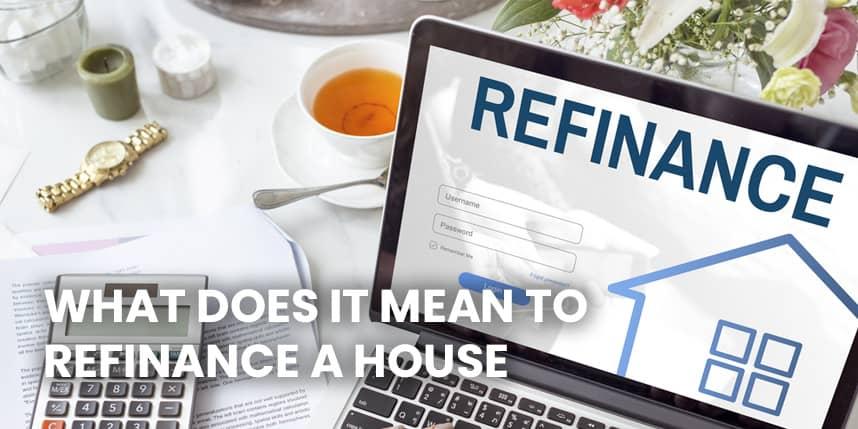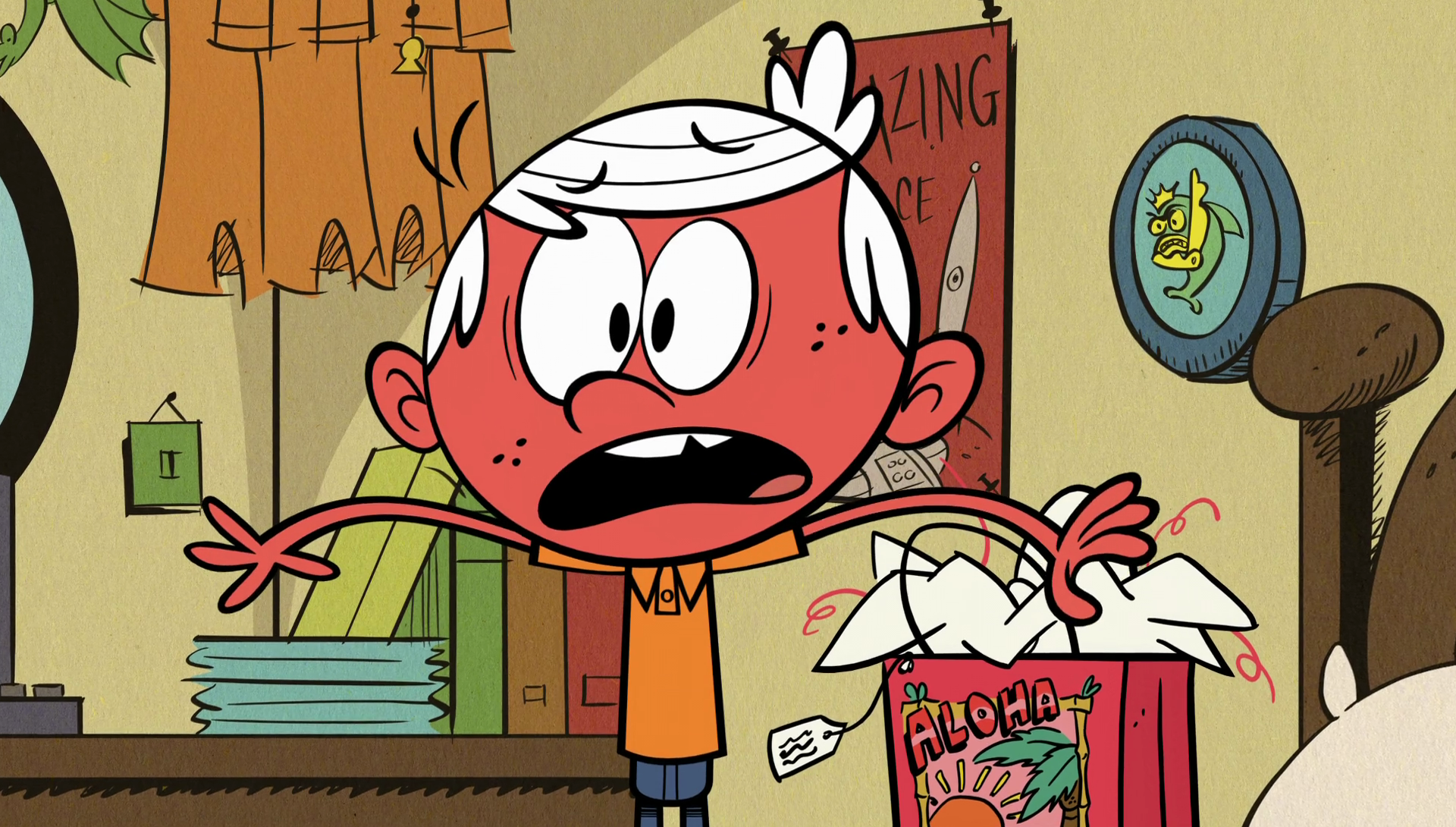Table Of Content

This new, lower balance is then refinanced to a new mortgage at a different interest rate, term or both. A cash-out refinance is best for borrowers who need a substantial amount of money and, ideally, can refinance to a lower interest rate. Many homeowners use cash-out funds to do renovations, while other borrowers use the money to consolidate more expensive debt. While you can use the cash for any purpose, it’s best to put it toward furthering your financial goals, rather than a vacation, wedding or other discretionary expense. Typically, you can take out no more than 80 percent of your home’s value. You’ll receive the difference between the loan amount and your outstanding mortgage in cash, which you can use for any purpose.
Cash Out Your Equity
So it’s important to consider whether a refi is the right move for you. The main goal of most mortgage refinances is to lower your interest rate and maximize your savings. The average APR on the 30-year fixed-rate jumbo mortgage refinance is 7.72%. Make sure you get everything in writing, such as fees and interest rates. Lenders will send you a loan estimate that breaks down your new loan details and all fees.
Refinance closing costs: How much will you spend?
Check with your current mortgage servicer, as well as national banks, credit unions, online mortgage lenders and possibly a mortgage broker to compare refinance rates and terms. When you refinance, the borrowed money from your new loan pays off your existing loan. Most people refinance to lock in a lower interest rate and lower their monthly payment, or to shorten the term of their mortgage. You can also get a cash-out refinance, which allows you to borrow against the equity in your home, pulling some portion of the difference between what you still owe and its current value. Many lenders cap cash-out refinancing at 80 percent of the home’s total value on most loan types.

How To Get the Best 30-year Refinance Rates
You can run the numbers yourself using a 15-year vs. 30-year mortgage calculator. Just remember that you’ve already paid a certain amount in interest since you’re refinancing your old mortgage. A trusted professional like a mortgage broker or loan officer can also help advise you. For borrowers who can afford to make a lump-sum payment towards their loan principal, mortgage recasting may be a good alternative to a 30-year refinance. Whether refinancing to a 30-year mortgage is a good option will depend on your circumstances. However, here are some general pros and cons to keep in mind when considering if a 30-year refinance mortgage is the right move for you.
Just like acquiring your purchase mortgage, you’ll need to gather your supporting documentation such as your recent pay stubs, W-2s, and bank statements. But you’ll also need details about your existing mortgage, including the remaining loan amount, the number of years left to pay and the interest rate. This information helps you and your lender calculate the best refinance loan option for your financial situation. To get a lower mortgage refinance rate, you need to get your credit score as high as you can, save for a larger down payment amount, and choose the right type of mortgage loan for you. Refinancing from an ARM to a fixed-rate loan provides financial stability when you prefer steady payments. Mortgage rates fluctuate with market forces, so you can’t control when the rates go down.
Frequently asked questions about refinancing
Andrew Khouri covers the housing market for the Los Angeles Times. Before coming to The Times he wrote about commercial real estate for the San Fernando Valley Business Journal. Like most things, refinancing has both advantages and disadvantages. Learn more about the pros and cons of refinancing before deciding if it’s right for you. Apply online for expert-recommended options customized to your budget.

Can I sell my house after a cash-out refinance?
A cash-in refinance is best for homeowners who want to reduce the outstanding principal on their mortgage. This lowers your loan-to-value (LTV) ratio, helping you qualify for a lower interest rate. With a reduced LTV ratio, you might also be able to eliminate private mortgage insurance (PMI). With a cash-in refinance, you’ll make a lump-sum payment to lower your mortgage balance.
Average refinance closing costs range between 2%-6% of the loan amount. Closing fees vary depending on your location, loan type, loan size and mortgage lender. Our scoring formula weighs several factors consumers should consider when choosing financial products and services.
What is a cash-out refinance?
Mortgage Interest Rates Today, April 29, 2024 Rates Unlikely to Go Down Until Later This Year - Business Insider
Mortgage Interest Rates Today, April 29, 2024 Rates Unlikely to Go Down Until Later This Year.
Posted: Mon, 29 Apr 2024 10:00:00 GMT [source]
Like with other kinds of loans, you’ll typically need a decent credit score to qualify for refinancing. The exact eligibility criteria will depend on the type of loan you choose and the individual lender, with some having less stringent qualifications than others. To help you find the right one for your needs, use this tool to compare lenders based on a variety of factors.
Instead, the closing costs are covered with a higher interest rate on the loan, or they’re rolled into the principal loan balance. Keep in mind that you’ll likely have to make a higher monthly payment over the course of the new loan. With that said, you might not know which type of refinancing will best suit your needs.
This influences which products we write about and where and how the product appears on a page. To help avoid delays, make sure to fill out the application as accurately as possible, provide any requested documentation in a timely manner and be prepared for the home appraisal (if required). After you’ve done your research, choose the lender and loan option that works best for you. If you’re ready to refinance your mortgage, there are some key steps to help you got the best refi deal possible.

No comments:
Post a Comment